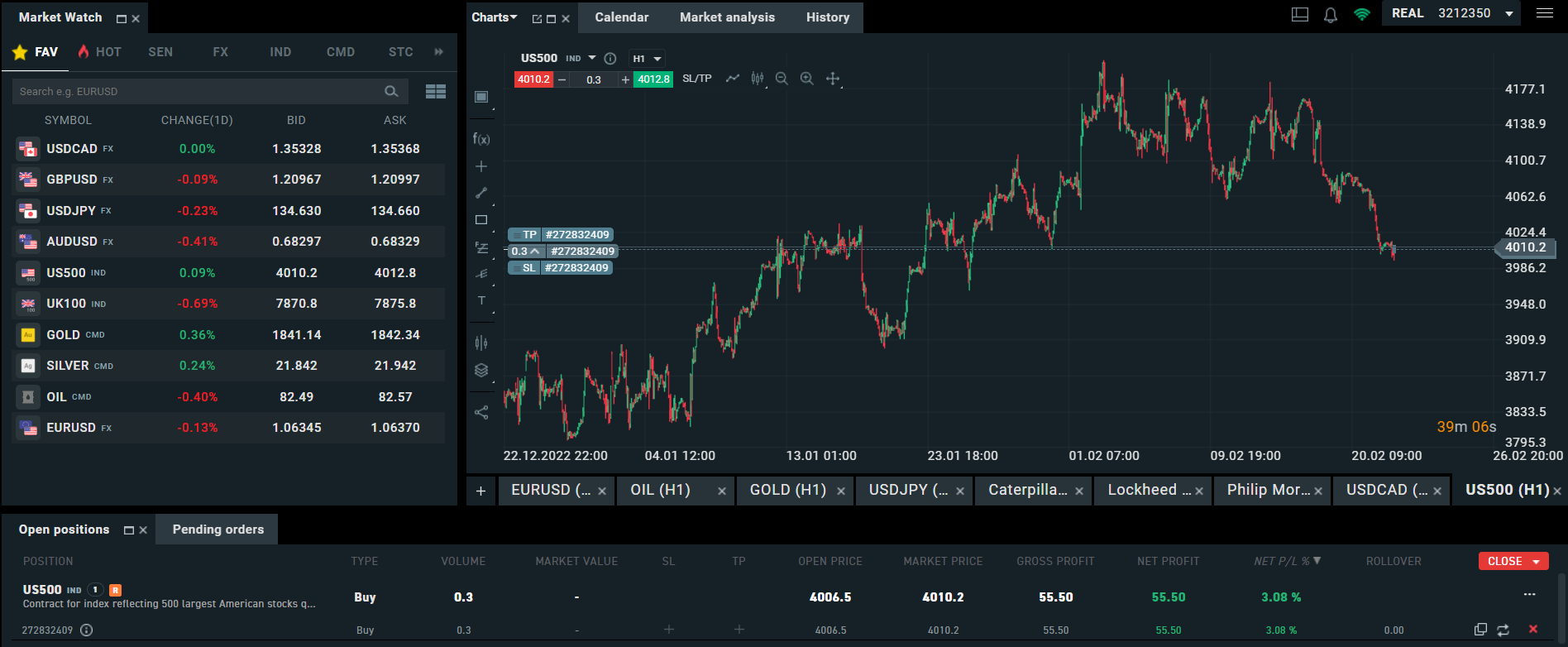I opened the chart of S&P 500 and checked the movement of the price during Covid. When the world pandemic was on its peak, quantitative easing was taking place (printing money – putting more money to the economy). I found out that the reason for this was to help the companies and economy, so they would not crack under the pressure of lockdowns. Makes sense. However, now we are paying the price of that with inflation. Inflation being on the highest level in the last few decades, it was a matter of time when interest rates will start to go higher. Again, makes sense. I check the behaviour of investors and people in general when interest rates are high. Spending slows down, as people don’t want to take loan at the bank, as they would overpay it. Good ol’ times when interest rates were even below zero, I thought to myself. But on the other hand, economy slows down, companies fire people etc., so the exact scenario that it’s happening now. And my conclusion was that that were few of the main problems for the fall of S&P 500. On the other hand, if companies fire people, they save money and thus have better financial reports. What a double-edged sword.
When I finished the fundamental analysis, I moved to the technical analysis. It became immediately clear, that the fear of higher interest rates had effect on the chart for longer time. One week ago, the price was on 4168 USD, while now it’s on 4005 USD. I was quite surprised, as 4% drop is rather nice correction, which could offer new opportunity for me. When I zoomed out the chart I noticed one more significant factor – the price is currently moving around the important support line. If it will break it, the price could fall further to at least 3963 USD. However, in recent history it has bounced back from this line 3 times. *
Based on all the information I have gathered; I have decided to open position on long. Short term and also long term is wise move. Just to be sure I went to Investing and check their indicators. For long term, they have confirmed my prediction. And note to myself, fear or reaction on news is temporary. Follow the trend.

* Past performance is no guarantee of future results.
Link to 5 year chart: https://www.investing.com/indices/us-spx-500








